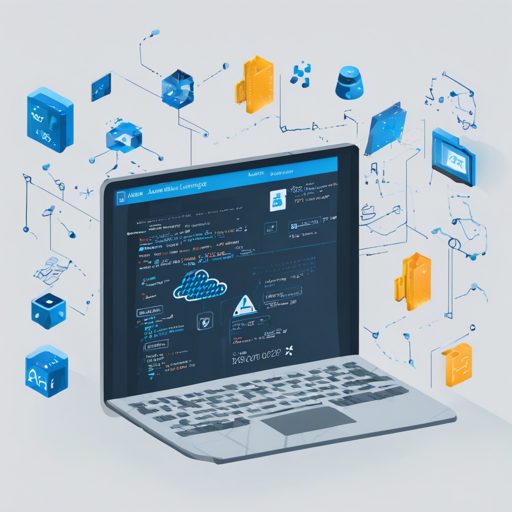In the ever-evolving world of artificial intelligence, having the right tools can make all the difference. The Azure Machine Learning SDK for R allows data scientists and AI developers to harness the power of Azure’s cloud capabilities right from the R programming environment. Though deprecated at the end of 2021 in favor of the improved Azure Machine Learning CLI 2.0, there’s still much value in utilizing this SDK for your machine learning workflows.
Installation Steps
Before diving into building models, you need to have the Azure Machine Learning SDK installed. Here’s how you can do it:
- First, ensure you have Conda installed. It should be Python 3.5 or later.
- To install Azure ML SDK from CRAN, run:
install.packages("azuremlsdk")install.packages("remotes")
remotes::install_github("Azure/azureml-sdk-for-r", build_vignettes = TRUE)azuremlsdk::install_azureml()Now, you’re ready to explore the exciting features of Azure ML SDK!
Setting Up Your First Workspace
To start running experiments, you need to create or connect to an Azure Machine Learning workspace. Here’s how:
- If you don’t already have a workspace created, you can set one up:
- Once created, save it to your local machine:
- If you have an existing workspace, retrieve it using:
- You can also load your workspace from a config file:
new_ws <- create_workspace(name = workspace_name,
subscription_id = subscription_id,
resource_group = resource_group_name,
location = location,
create_resource_group = FALSE)write_workspace_config(new_ws)existing_ws <- get_workspace(name = workspace_name,
subscription_id = subscription_id,
resource_group = resource_group_name)loaded_ws <- load_workspace_from_config()After this setup, you can start running and tracking your experiments!
A Simple Analogy: Building a House in the Cloud
Think of creating an Azure Machine Learning workspace like building a house. The workspace is your foundation, where all your experiments (different rooms of your home) will take place. You need to lay down your foundation (create the workspace) before you start building walls (running experiments) or decorating rooms (deploying models). Just as you need to select the right neighborhood (Azure subscription and resource group) for your house, you also need to configure your workspace correctly to ensure it's equipped to host your projects.
Troubleshooting Tips
If you encounter any issues during installation or while connecting to the workspace, here are some troubleshooting ideas:
- Ensure your version of R is compatible (3.5 or later).
- Check if the installation of azuremlsdk completed successfully without errors.
- Verify your Azure subscription details and ensure that you have the necessary permissions to create or access a workspace.
- For more insights, updates, or to collaborate on AI development projects, stay connected with fxis.ai.
Conclusion
At fxis.ai, we believe that such advancements are crucial for the future of AI, as they enable more comprehensive and effective solutions. Our team is continually exploring new methodologies to push the envelope in artificial intelligence, ensuring that our clients benefit from the latest technological innovations.
Happy coding and exploring with Azure Machine Learning SDK for R!

